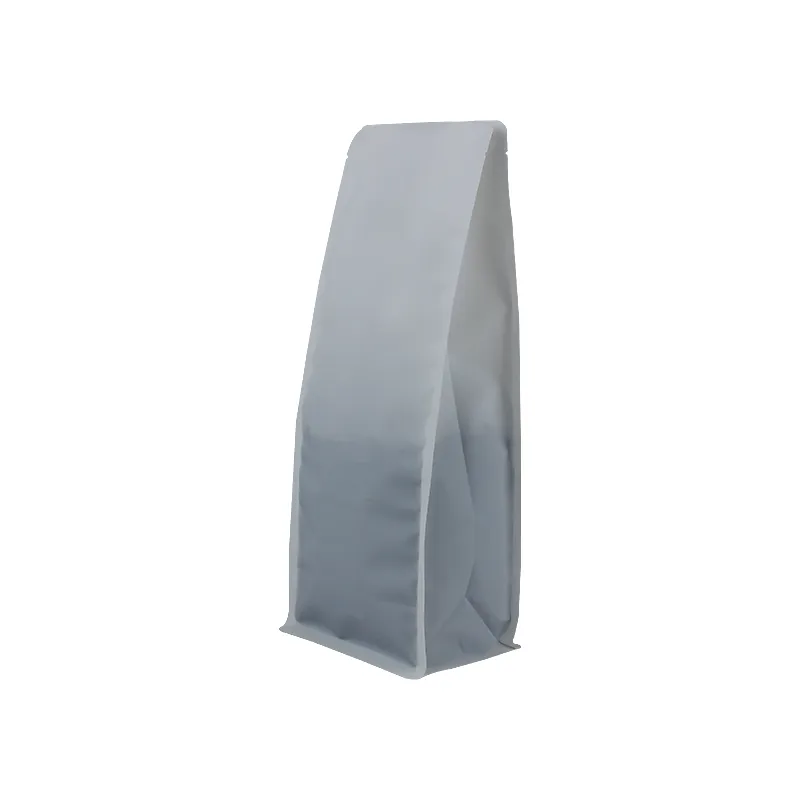- Afrikaans
- Albanian
- Amharic
- Arabic
- Armenian
- Azerbaijani
- Basque
- Belarusian
- Bengali
- Bosnian
- Bulgarian
- Catalan
- Cebuano
- chinese_simplified
- chinese_traditional
- Corsican
- Croatian
- Czech
- Danish
- Dutch
- English
- Esperanto
- Estonian
- Finnish
- French
- Frisian
- Galician
- Georgian
- German
- Greek
- Gujarati
- haitian_creole
- hausa
- hawaiian
- Hebrew
- Hindi
- Miao
- Hungarian
- Icelandic
- igbo
- Indonesian
- irish
- Italian
- Japanese
- Javanese
- Kannada
- kazakh
- Khmer
- Rwandese
- Korean
- Kurdish
- Kyrgyz
- Lao
- Latin
- Latvian
- Lithuanian
- Luxembourgish
- Macedonian
- Malgashi
- Malay
- Malayalam
- Maltese
- Maori
- Marathi
- Mongolian
- Myanmar
- Nepali
- Norwegian
- Norwegian
- Occitan
- Pashto
- Persian
- Polish
- Portuguese
- Punjabi
- Romanian
- Russian
- Samoan
- scottish-gaelic
- Serbian
- Sesotho
- Shona
- Sindhi
- Sinhala
- Slovak
- Slovenian
- Somali
- Spanish
- Sundanese
- Swahili
- Swedish
- Tagalog
- Tajik
- Tamil
- Tatar
- Telugu
- Thai
- Turkish
- Turkmen
- Ukrainian
- Urdu
- Uighur
- Uzbek
- Vietnamese
- Welsh
- Bantu
- Yiddish
- Yoruba
- Zulu
Understanding the Size of 20 Microns and Its Implications in Various Fields
How Big is 20 Microns? Understanding the Scale of Microns
When discussing measurements in the microscopic world, micron is a term frequently encountered. A micron, or micrometer, is one-millionth of a meter (1 µm = 1 x 10^-6 m). To put it into perspective, a human hair is typically around 70 microns in diameter, making 20 microns a remarkably small measurement when we consider the scale of everyday objects.
The Scale of 20 Microns
To visualize the size of 20 microns, it helps to compare it with other objects and elements in our environment. For example, red blood cells are about 6 to 8 microns in diameter, meaning that 20 microns is equivalent to roughly 2.5 to 3 times the size of a red blood cell. This size position places 20 microns in a realm where it's still invisible to the naked eye, but can be seen under a standard light microscope.
In practical terms, 20 microns falls into the category of fine particulate matter. In environmental science, particulate matter is categorized based on its size — PM10 and PM2.5 are commonly discussed terms. PM10 refers to particles with a diameter of 10 microns or less, while PM2.5 refers to those with a diameter of 2.5 microns or less. Since 20 microns is larger than PM10, it doesn't directly fit into these categories, yet it highlights the importance of size when discussing pollutants and their effects on human health and the environment.
Applications of 20 Micron Particles
In various industries, the size of 20 microns is particularly significant. For example, in the field of medicine, 20-micron particles are often found in drug formulations meant for inhalation. These sizes are just small enough to penetrate the respiratory system effectively. When inhaled, they can travel deep into the lungs, making them effective for delivering medications, such as asthma inhalers or other therapeutic agents.
how big is 20 microns

Similarly, in the manufacturing sector, a product’s texture can be quite different based on the size of the particles used. In the cosmetics industry, for example, pigments and powders are often milled down to various micron sizes. A particle size of 20 microns can influence the smoothness of creams or lotions, enhancing their application on the skin.
Micron Size Importance in Various Fields
In the realm of food and beverage, the size of particles can affect everything from texture to consistency. For instance, in brewing processes, the size of the grains can determine the final product's clarity and flavor. A fine grind at around 20 microns can lead to a more efficient extraction of flavors during brewing.
Moreover, in the realm of materials science, coatings or paints with particle sizes around 20 microns can yield different physical properties compared to larger particles, including improved adhesion and surface smoothness. This is crucial in automotive and aerospace industries, where surface finish can significantly affect performance and durability.
Conclusion
In summary, 20 microns is a measurement that might seem insignificant at first glance, yet it plays a critical role in numerous scientific and industrial applications. Whether discussing airborne particles, drug delivery systems, or manufacturing techniques, the understanding of size at the micron scale is fundamental. As we continue to explore and manipulate materials at this microscopic level, the significance of measurements like 20 microns will only become more pronounced, bridging gaps between health, technology, and environmental concerns. Embracing this understanding paves the way for innovations across a plethora of fields, further illustrating that small dimensions can lead to major advancements.













